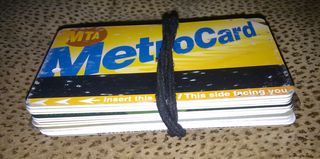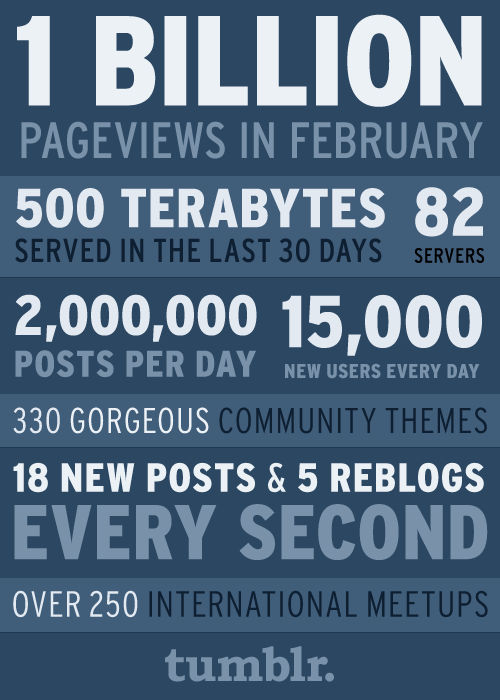I'm making up the curriculum for MBA Mondays on the fly. The end game is to lay out how to look a businesses, value it, and invest in it. We started with the time value of money and interest rates, we then talked about the corporate entity. Now I want to talk about how to keep track of the money in a company. That is called accounting. This will be a multi-post effort and will include posts on cash flow, profit and loss, balance sheets, GAAP accounting, audits, and financial statement analysis. But before we can get to those issues, we need to start with the basics of accounting.
Accounting is keeping track of the money in a company. It's critical to keep good books and records for a business, no matter how small it is. I'm not going to lay out exactly how to do that, but I am going to discuss a few important principals.
The first important principal is every financial transaction of a company needs to be recorded. This process has been made much easier with the advent of accounting software. For most startups, Quickbooks will do in the beginning. As the company grows, the choice of accounting software will become more complicated, but by then you will have hired a financial team that can make those choices.
The recording of financial transactions is not an art. It is a science and a well understood science. It revolves around the twin concepts of a "chart of accounts" and "double entry accounting." Let's start with the chart of accounts.
The accounting books of a company start with a chart of accounts. There are two kinds of accounts; income/expense accounts and asset/liability accounts. The chart of accounts includes all of them. Income and expense accounts represent money coming into and out of a business. Asset and liability accounts represent money that is contained in the business or owed by the business.
Advertising revenue that you receive from Google Adsense would be an income account. The salary expense of a developer you hire would be an expense account. Your cash in your bank account would be an asset account. The money you owe on your company credit card would be called "accounts payable" and would be a liability.
When you initially set up your chart of accounts, the balance in each and every account is zero. As you start entering financial transactions in your accounting software, the balances of the accounts goes up or possibly down.
The concept of double entry accounting is important to understand. Each financial transaction has two sides to it and you need both of them to record the transaction. Let's go back to that Adsense revenue example. You receive a check in the mail from Google. You deposit the check at the bank. The accounting double entry is you record an increase in the cash asset account on the balance sheet and a corresponding equal increase in the advertising revenue account. When you pay the credit card bill, you would record a decrease in the cash asset account on the balance sheet and a decrease in the "accounts payable" account on the balance sheet.
These accounting entries can get very complicated with many accounts involved in a single recorded transaction, but no matter how complicated the entries get the two sides of the financial transaction always have to add up to the same amount. The entry must balance out. That is the science of accounting.
Since the objective of MBA Mondays is not to turn you all into accountants, I'll stop there, but I hope everyone understands what a chart of accounts and an accounting entry is now.
Once you have a chart of accounts and have recorded financial transactions in it, you can produce reports. These reports are simply the balances in various accounts or alternatively the changes in the balances over a period of time.
The next three posts are going to be about the three most common reports;
- the profit and loss statement which is a report of the changes in the income and expense accounts over a certain period of time (month and year being the most common)
- the balance sheet which is a report of the balances all all asset and liability accounts at a certain point in time
- the cash flow statement which is report of the changes in all of the accounts (income/expense and asset/liability) in order to determine how much cash the business is producing or consuming over a certain period of time (month and year being the most common)
If you have a company, you must have financial records for it. And they must be accurate and up to date. I do not recommend doing this yourself. I recommend hiring a part-time bookkeeper to maintain your financial records at the start. A good one will save you all sorts of headaches. As your company grows, eventually you will need a full time accounting person, then several, and at some point your finance organization could be quite large.
There is always a temptation to skimp on this part of the business. It's not a core part of most businesses and is often not valued by tech entrepreneurs. But please don't skimp on this. Do it right and well. And hire good people to do the accounting work for your company. It will pay huge dividends in the long run.




